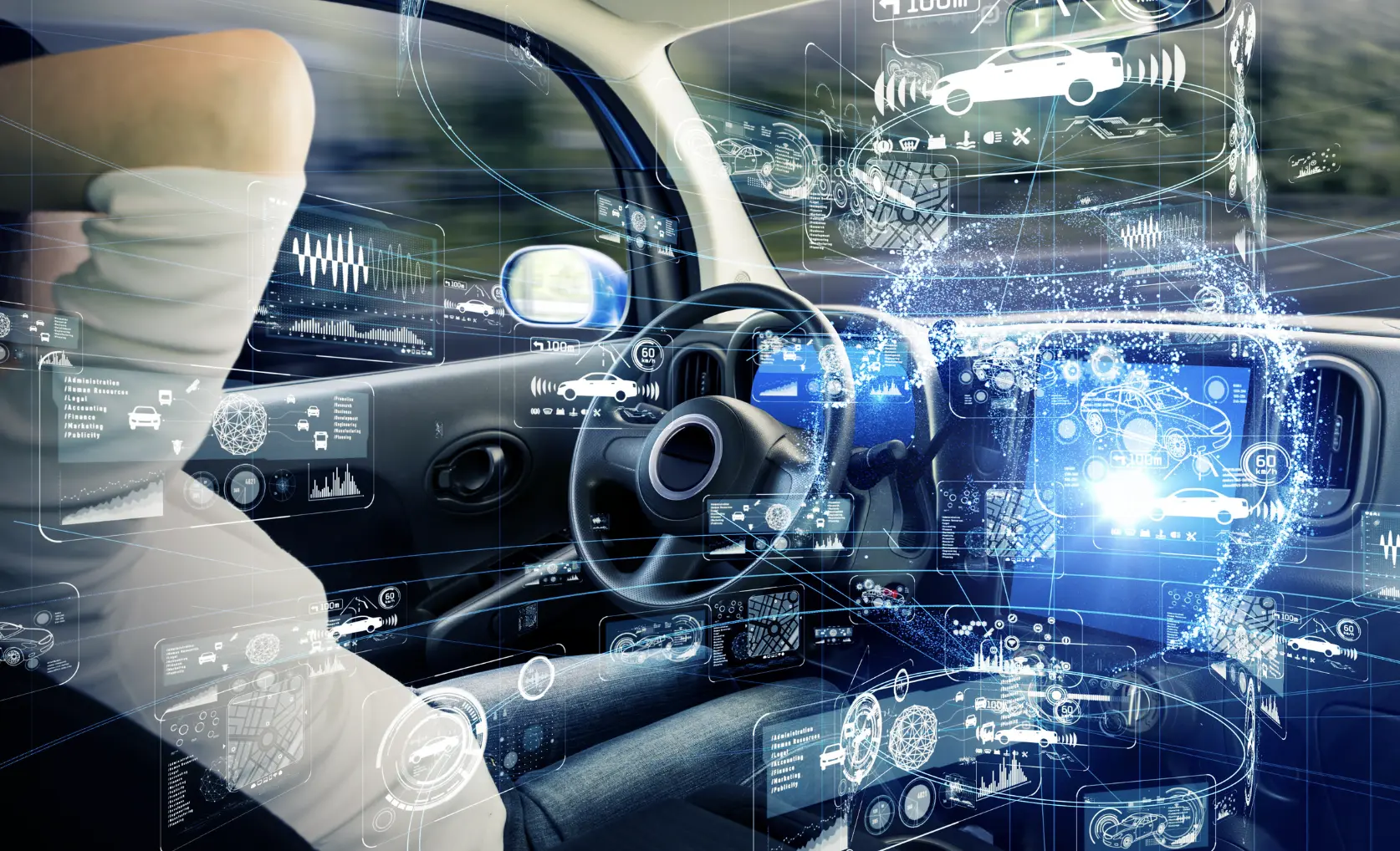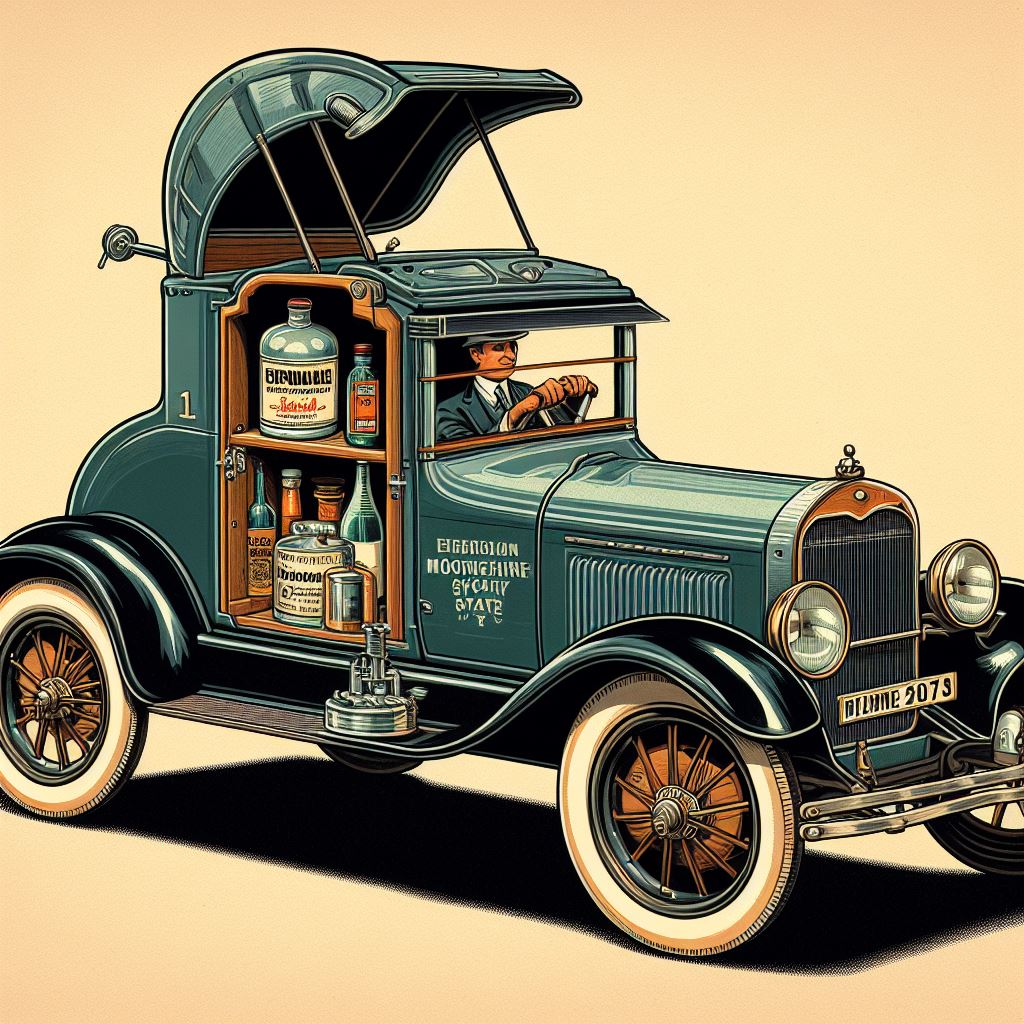Since the earliest cars, we’ve seen more different kinds of bells and whistles get added and then ultimately discontinued than you can shake a stick at. A lot of things that were once considered steps forward in automotive technology have now taken their rightful place in the dustbin of history, but on the other hand, there are plenty of advancements that have come along and withstood the test of time. Evaluating these features as overrated and underrated is somewhat a matter of fact, as in the case of previous technology that no longer exists today, and is somewhat a matter of subjective experience (which is what makes it fun to argue about). Presented here is a starting point for that conversation, then. These are pieces of car technology that we think deserve to be called overrated and underrated; change our minds.
Overrated:
Overly Complex Infotainment Systems
As cars become more connected, there’s a trend towards increasingly complex infotainment systems. However, these systems can be distracting and overwhelming for drivers. While connectivity is important, overly complicated interfaces may be overrated compared to simpler, more intuitive designs that prioritize driver focus and safety.
Subscription-Based Features

The trend of offering subscription-based features for car functionalities that were traditionally included with the vehicle purchase may be overrated. While it provides flexibility for manufacturers, it could lead to consumer frustration and pushback, especially for features that were once standard.
Excessive Touchscreen Controls
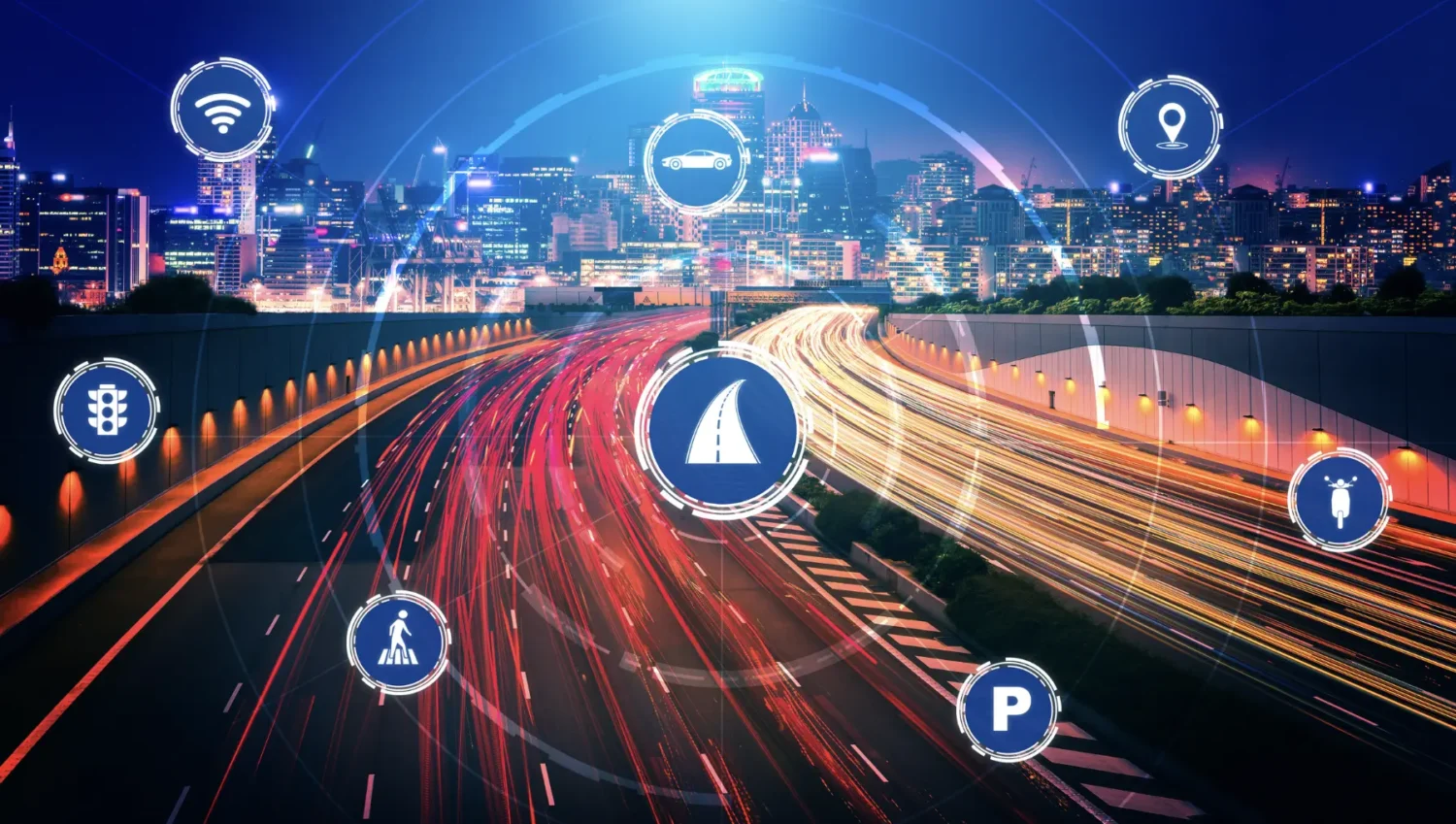
The shift towards replacing physical buttons and knobs with touchscreen controls for nearly all vehicle functions may be overrated. While sleek and modern, this trend can lead to decreased usability and increased driver distraction, potentially compromising safety.
Overemphasis on Range for Electric Vehicles
While range is important for EVs, the focus on extremely long ranges (500+ miles) may be overrated for most consumers. As charging infrastructure improves and fast-charging technologies advance, the anxiety over range may decrease, making more modest ranges sufficient for most users3.

Hyper-Personalization
While personalization is valuable, the trend towards hyper-personalized vehicle experiences may be overrated. Excessive customization options can lead to decision fatigue for consumers and increased complexity in manufacturing and inventory management for automakers.
Over-Reliance on Over-the-Air Updates
While over-the-air updates offer convenience, an over-reliance on this technology to fix issues or add features post-purchase may be overrated. It could potentially lead to rushed vehicle releases with the expectation that problems can be fixed later, potentially compromising initial quality and user experience.By 2025, while these technologies and trends will likely still be present in the automotive industry, their actual impact and value may not live up to the hype surrounding them. It’s important for both consumers and manufacturers to critically evaluate these trends and focus on innovations that truly enhance the driving experience, safety, and efficiency of vehicles.
Self Driving
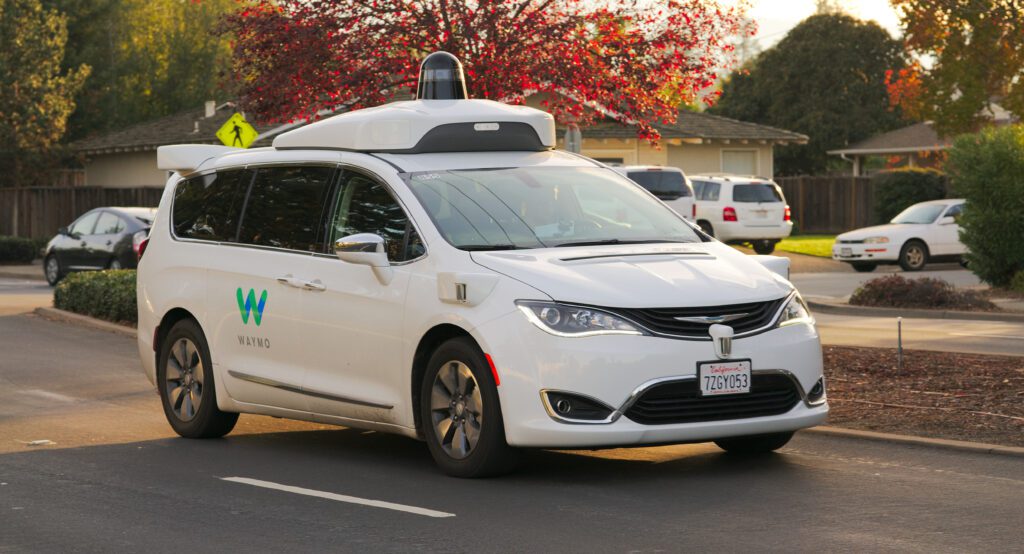
It seems like for ten years we’ve been hearing that self-driving cars are just around the corner, but they have yet to materialize in the form we’ve come to expect (i.e. where a driver can get in their car, set the destination, then veg out until arrival). We of course have to acknowledge that features like semi-autonomous mode and lane assist have definitely changed the way we drive and only seem to be getting better as technology advances, but we’re still a long way from a Jetsons-like future where instead of strapping into a driver’s seat we can just stretch out on the couch when we get into our cars.
Traffic Light Assist
This is one of those superfluous high-end features you’ll see in luxury trim packages that honestly just seems like it was invented as an afterthought. The idea of this feature, for the uninitiated, is that if you are stopped at an odd angle to a traffic light (i.e. too far forward where you can’t see it), a camera mounted on the front of the car can detect when the light has changed and let you know on the dashboard. What a time to be alive, right? This whole time we’ve simply been evaluating the color of traffic lights by looking at them, but in today’s brave new world we can finally be rid of that onerous chore, thereby saving our neck muscles an untold amount of strain.
Car Phones
Here’s one of those relics of the past that, at the time when they were first coming onto the market, must have felt like the wave of the future. In addition to impressing all your friends with your ability to call them from the road, you can almost hear the people who thought of this one saying to themselves how, someday in the not-too-distant future, every car would have a phone in it. And they were right! Just not in the way they thought. In fairness, it would have taken someone with Steve Jobs’ level of foresight to understand that car phones were going to be regarded as a passing fad rather than a technological revolution, and car makers can be forgiven for giving this feature a go. Plus, now that they are retro enough to be hip, having a car phone in your current car is actually quite stylish, especially if it somehow works.
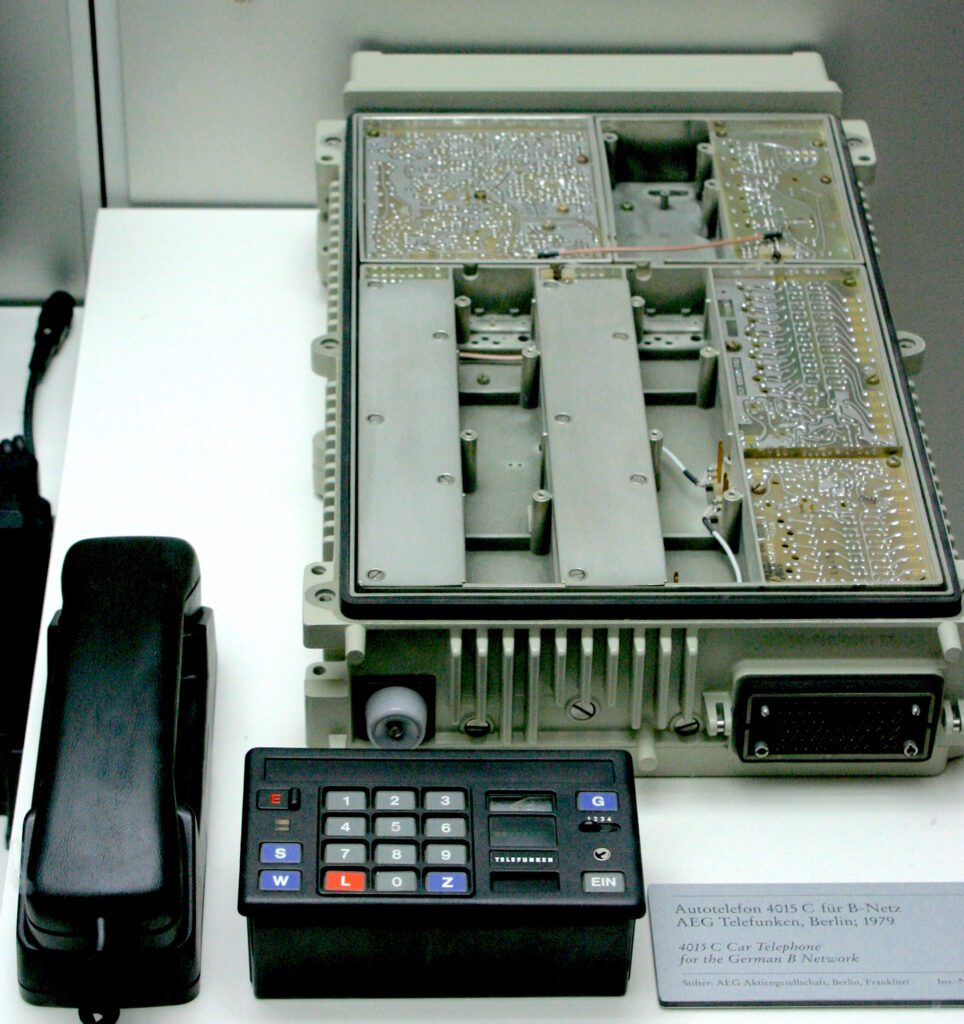
Massage Seats
Massage chair technology was invented for those coin-operated easy chairs you used to see in shopping malls that promised a couple of minutes of relaxation for just fifty cents (okay, okay, this almost certainly isn’t true, but who cares?) and the technology has not gotten noticeably better since then. Do you like the idea of getting a back massage from a Terminator robot? Because that’s what these things feel like. They are more anxiety-inducing than normal seats but somehow more expensive. Save the cash and just go see a human professional if you need to de-stress.
Underrated:
Advanced Materials and Manufacturing
Nano-materials and Smart Surfaces: The use of nano-materials and smart surfaces in car manufacturing is an under-appreciated trend. These materials could enable self-healing paint, improved corrosion resistance, and even surfaces that can change color or opacity on demand.
3D Printing: While 3D printing in automotive manufacturing is not new, its potential for rapid prototyping and producing complex, lightweight parts is often underestimated. By 2025, we may see more widespread use of 3D printing for both prototypes and production parts, potentially revolutionizing the supply chain1.
Enhanced Connectivity and Data Utilization
Vehicle-to-Everything (V2X) Communication: While connected cars are a known trend, the full potential of V2X communication is often overlooked. By 2025, cars may be able to communicate not just with other vehicles, but with infrastructure, pedestrians, and even home systems, creating a more integrated and efficient transportation ecosystem.
AI-Powered Predictive Maintenance: The use of artificial intelligence for predictive maintenance is an underrated trend that could significantly reduce downtime and maintenance costs. By 2025, cars may be able to predict and prevent failures before they occur, using advanced sensors and AI algorithms.
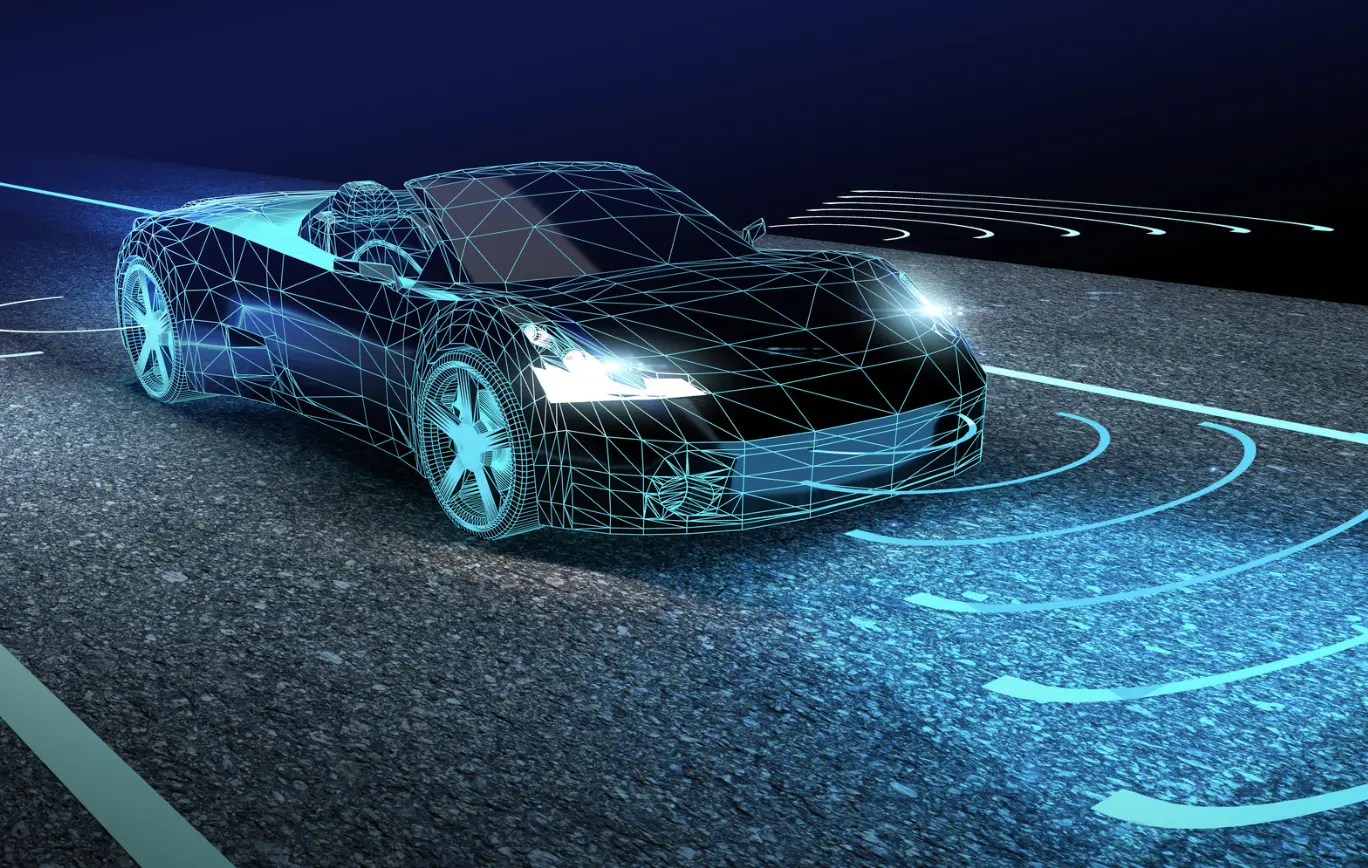
User Experience and Interface
Haptic Feedback Systems: While touchscreens are common, the development of advanced haptic feedback systems for in-car controls is an under-appreciated trend. These systems could provide tactile feedback without the need for physical buttons, improving safety and user experience.
Personalized In-Car Experiences: The use of AI and machine learning to create highly personalized in-car experiences is often overlooked. By 2025, cars may be able to adjust settings, entertainment, and even driving characteristics based on individual user preferences and habits.
Energy and Propulsion
Solid-State Batteries: While electric vehicles are a known trend, the potential impact of solid-state batteries is often underestimated. These batteries could offer higher energy density, faster charging, and improved safety compared to current lithium-ion batteries.
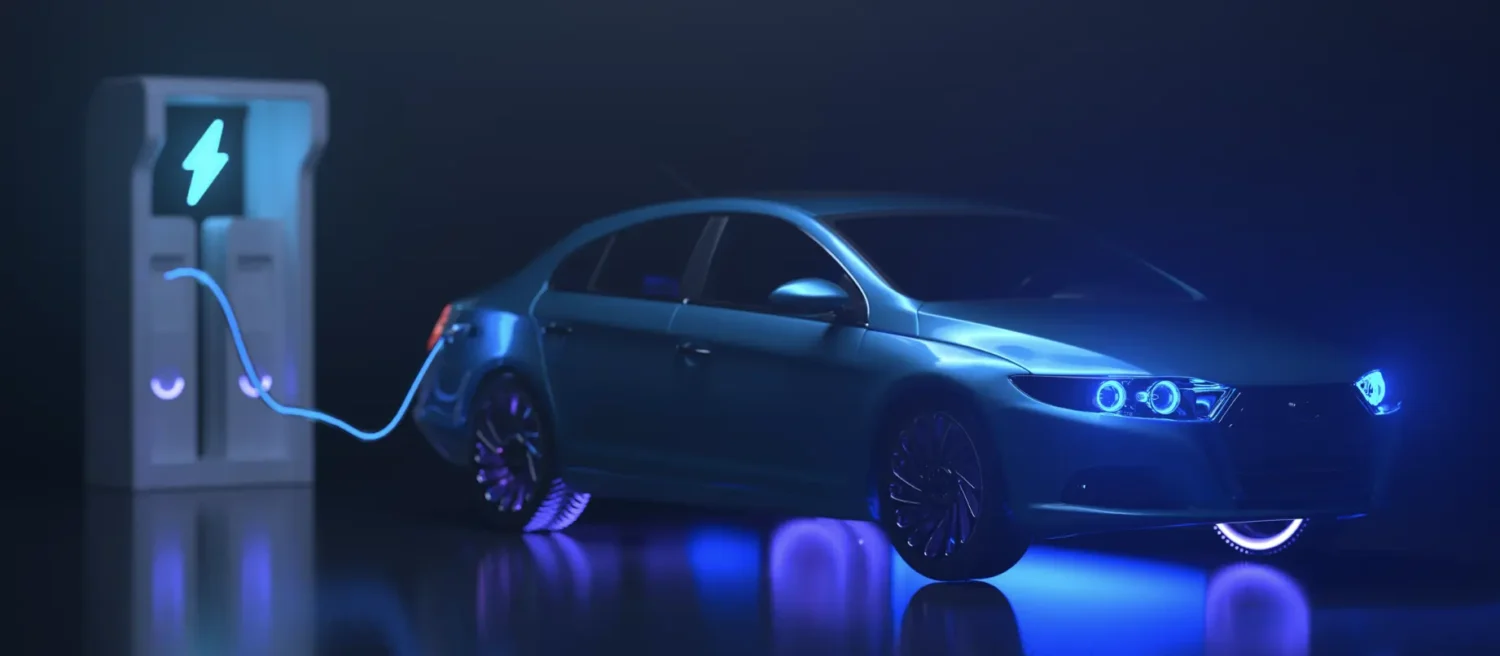
Regenerative Suspension: While regenerative braking is common in electric and hybrid vehicles, regenerative suspension systems are an underrated technology. These systems could capture energy from the car’s vertical movement, further improving energy efficiency.By 2025, these underrated technologies could play a significant role in shaping the automotive landscape, offering improved efficiency, safety, and user experience. As the industry continues to evolve, it’s important to keep an eye on these less-discussed but potentially game-changing innovations.
Seatbelts
When a piece of technology doesn’t noticeably advance as the decades go by it’s usually either because no one really uses it that much, or because whoever designed it pretty much got it right the first time. To be fair, seatbelts have changed quite a bit in subtle ways from their first iterations to the versions we use in modern cars, but in terms of concept, form, and design they really aren’t too different. It’s always great when a piece of technology works the way it’s supposed to from the word go, but that’s doubly true when it’s something that can save your life. Good job, seatbelt inventors. This piece of car tech will probably be with us until either riding in cars becomes a completely risk-free proposition, or until some other mode of personalized transit is invented.
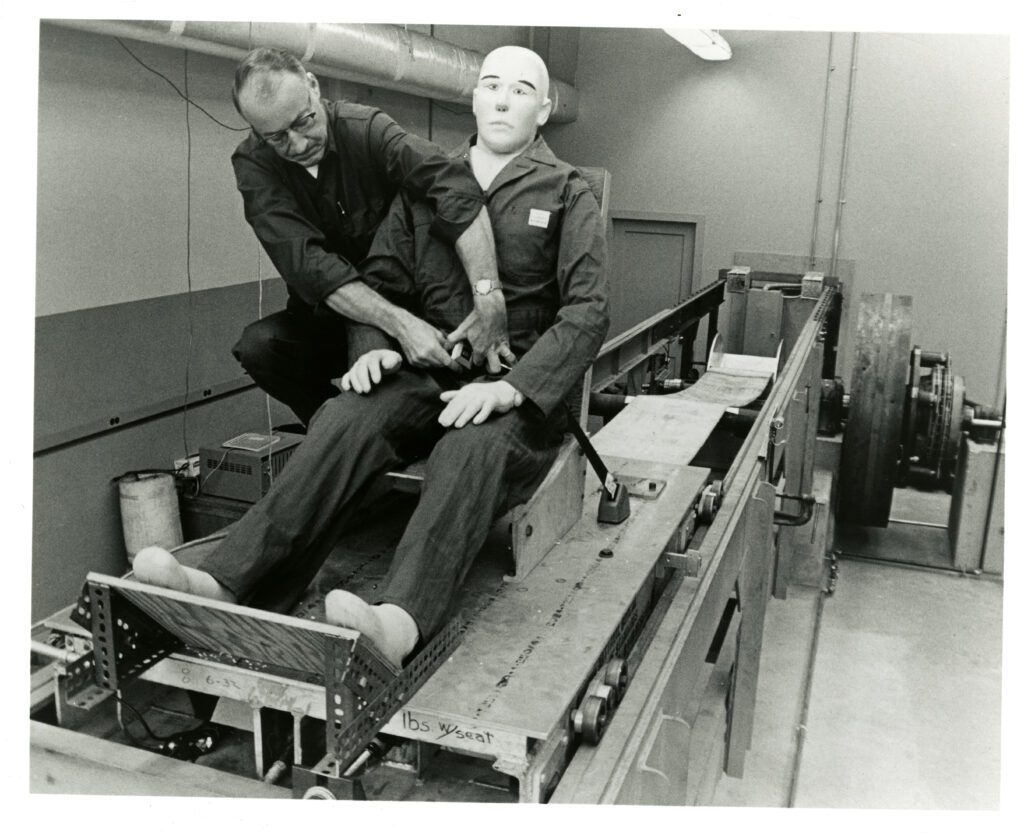
Vent Windows
Getting rid of these things is one of the worst things that ever happened in the history of automobile development. You know that feeling when you’re riding down the road on a blissful seventy-degree day with the window down and the sunshine on your arm? Then, suddenly, you come upon a four-lane highway and start cruising at 75mph and that comforting breeze becomes a gale? The vent window allowed drivers to sort of split the difference here, letting the fresh air come in and blow right on you without subjecting yourself to a tornadic assault of wind when you’re moving at high speeds. Now sure, modern seals in windows are a lot better at keeping your perfectly conditioned air in the car. And that’s all fine and good (especially for gas mileage reasons), we guess, but the truth is that on a lot of days most drivers would be okay just letting in some air from outside if they had a more comfortable way to do so.
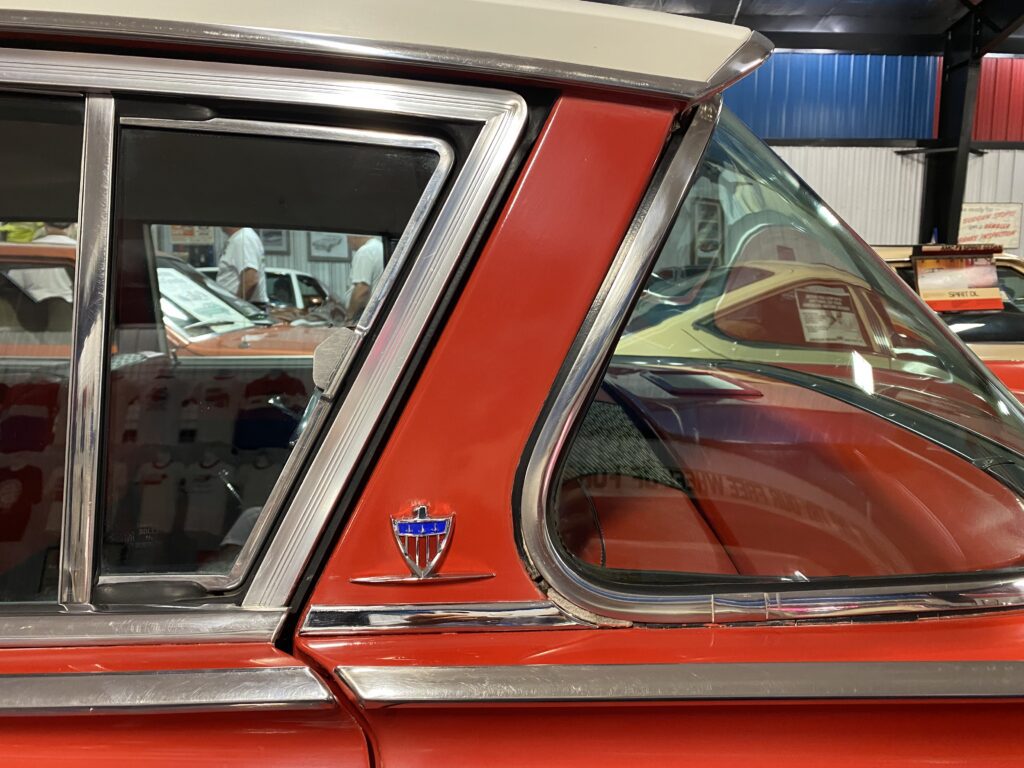
Manual Seat Adjustment
A fast and “just-about-idiot proof” way to adjust the seat to your liking. Like the seat belt we have, in manual seats that are adjusted with levers and by pressing your weight on the seat to move out in the direction you desire, an example of technology that worked fine the first time and didn’t need much in terms of improvement. Electric seat adjustment takes forever and, at least in its earlier forms, was not immune from going out over time leaving you with a seat stuck permanently in whatever position it was set to in 1996. Great. We will concede that preset seats are a good idea, allowing you to bring your driver’s seat back to its ideal position with the touch of a button, but beyond that manual seats work fine, weigh less, and perform their function every time.
Remote Engine Start
If the last item had us sounding like an old-timer shaking his cane at the newfangled contraptions these kids today keep coming up with, allow us to do a 180 by praising this piece of modern technology. First of all remote start has revolutionized the act of getting in one’s car on particularly frosty or balmy days. Giving the climate a few minutes to adjust before you have to start your commute to work is truly a game-changer, but now instead of that being something you have to brave the elements to do, you can just hit a button and get your car warming up/cooling off over your morning coffee. It’s doubly useful during the winter when you can get the defrosters running a spell, saving you valuable time and misery by making scraping ice easier. It’s probably true that everyone who has remote start loves it, but there’s just no praise sufficient enough for this revolution in creature comfort.

